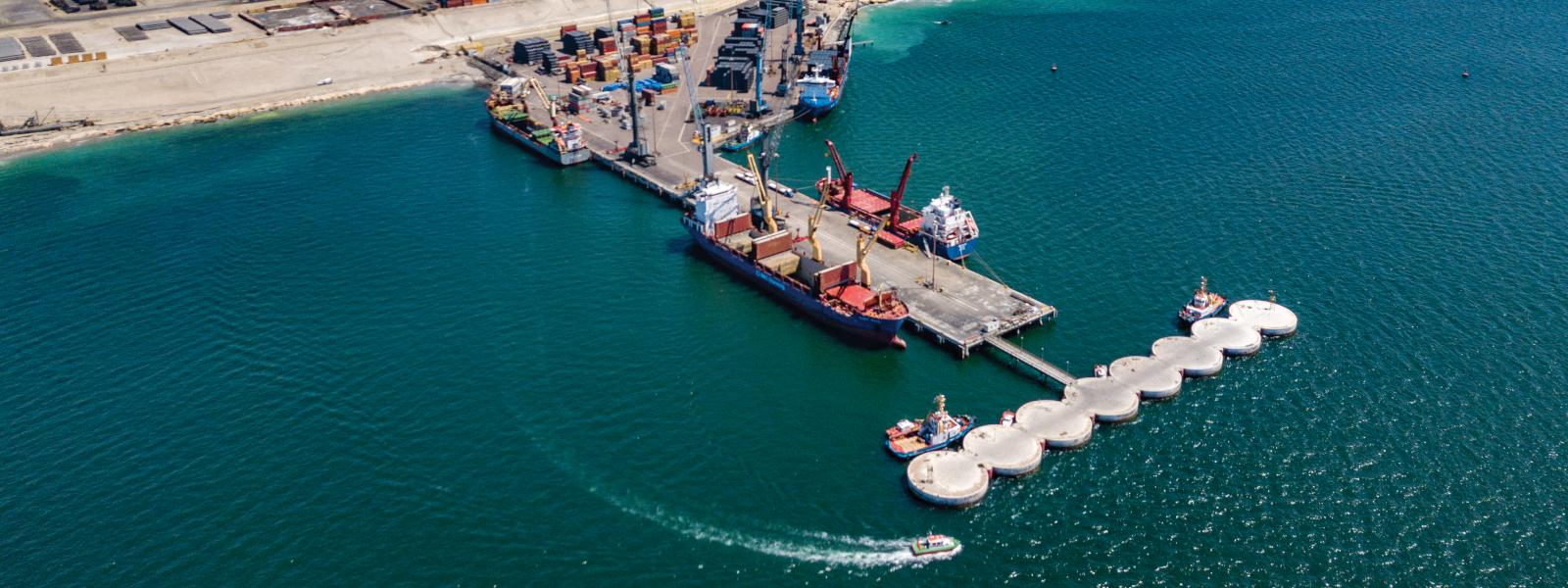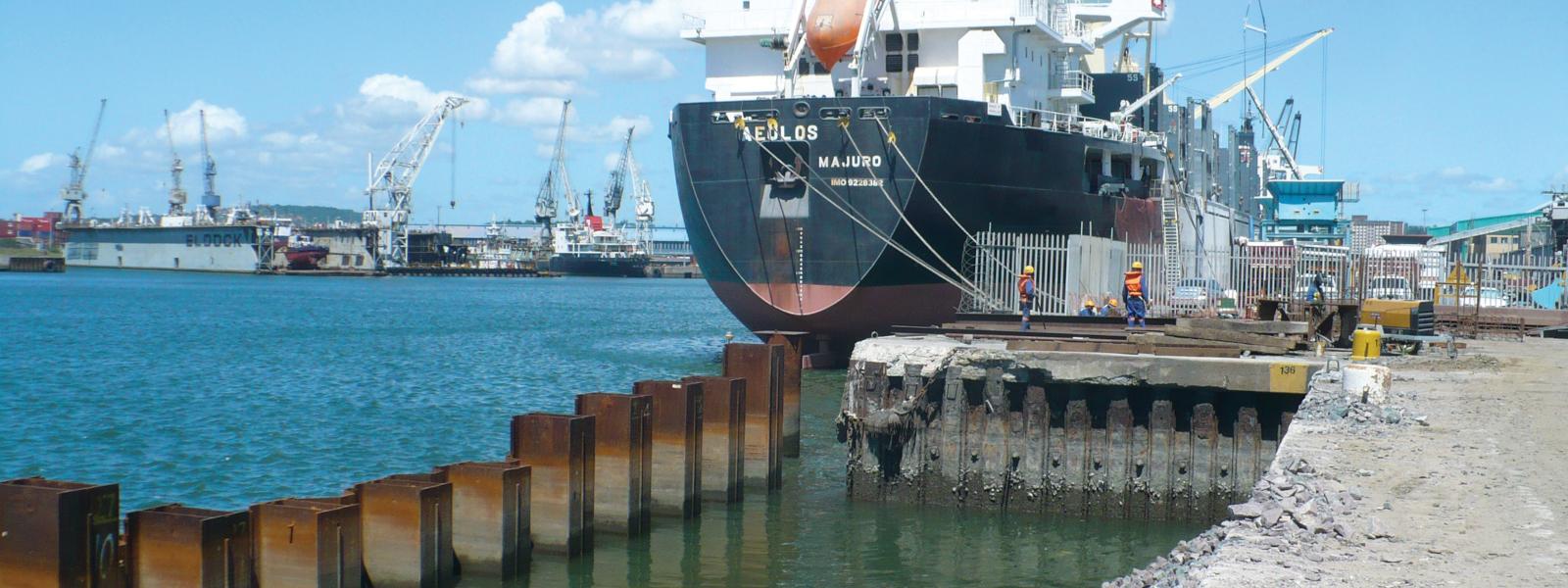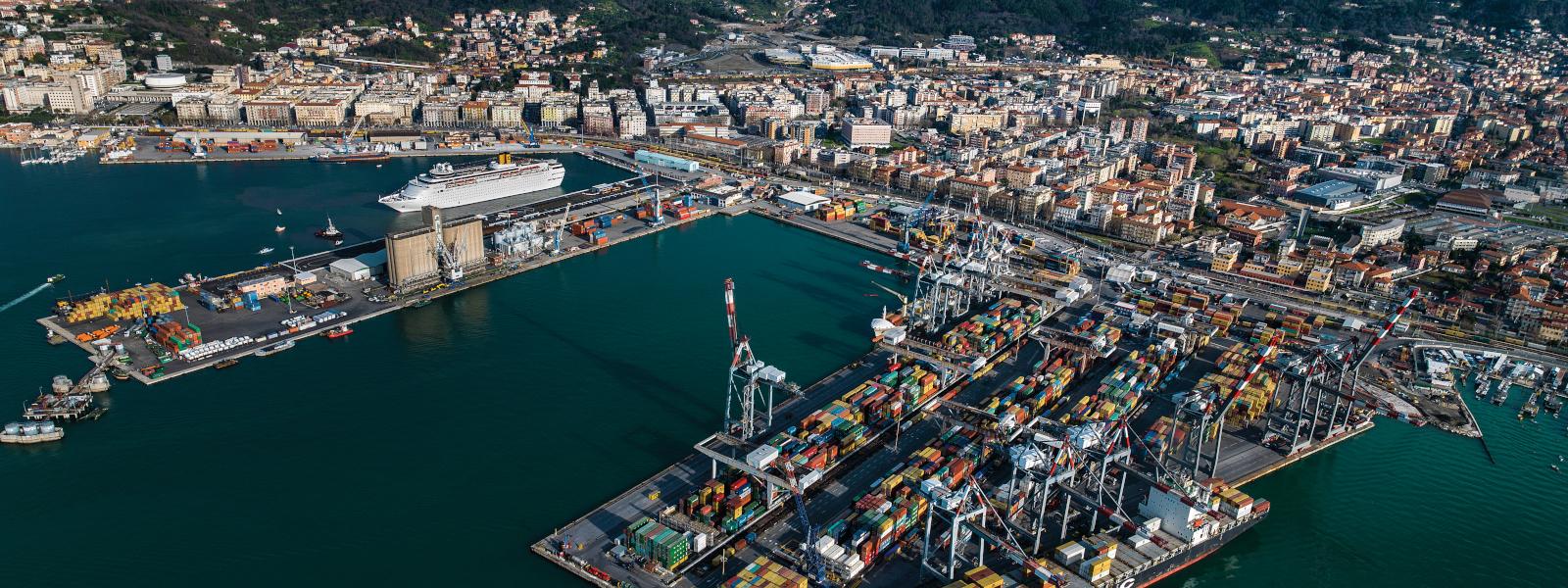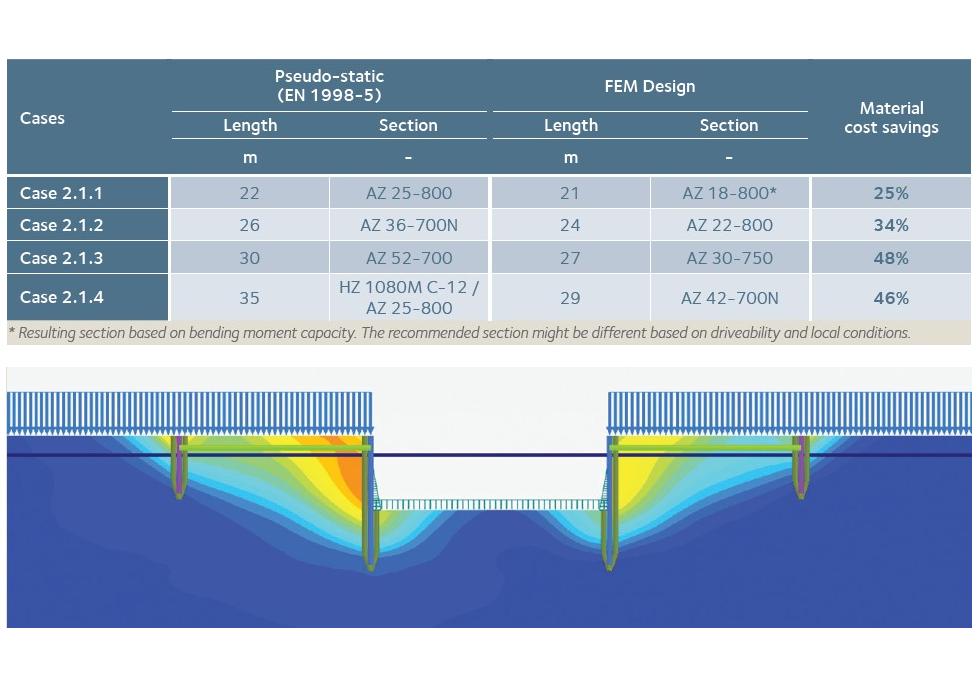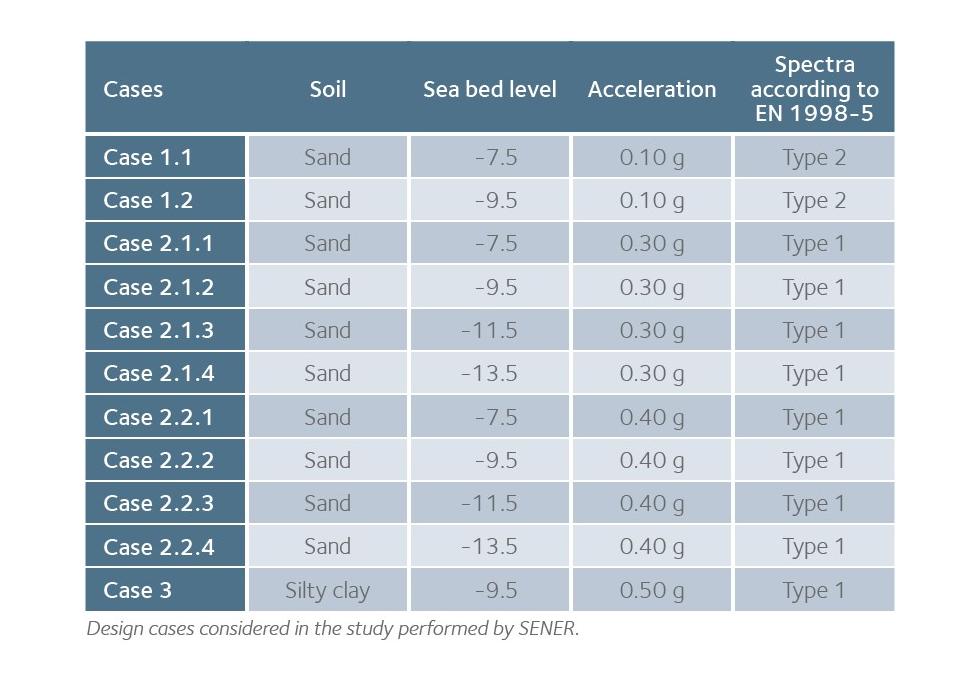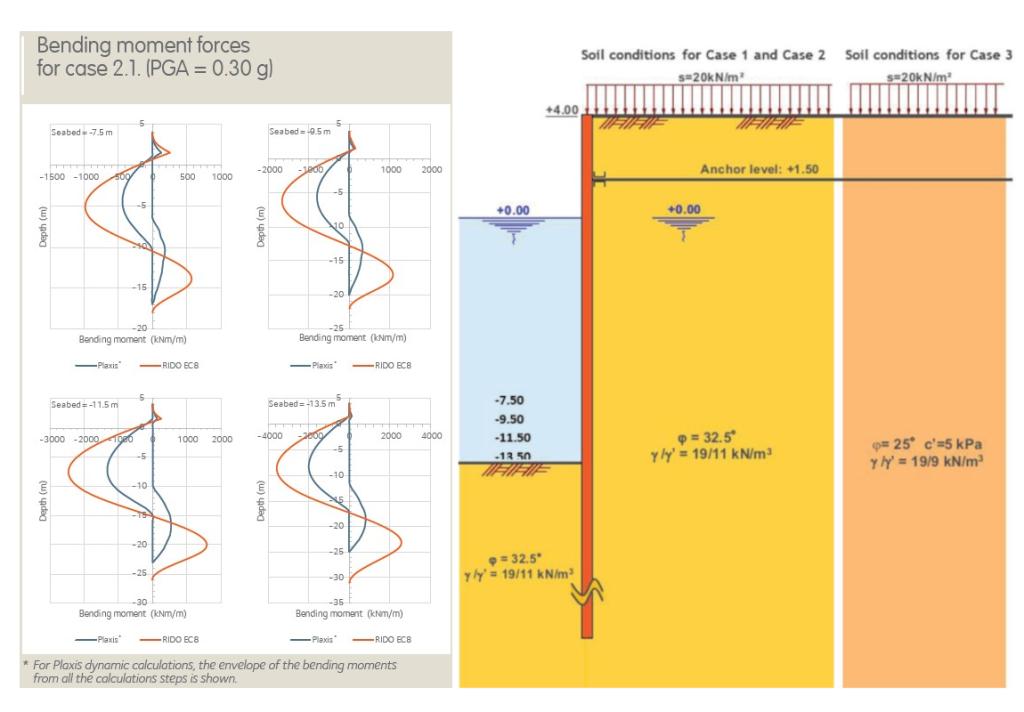Seismic design of sheet piles. Flyer | 2021
Innovative Seismic Design Solutions for Sustainable Sheet Piling Infrastructure
Excellent performance of sheet piles under earthquake loading
Steel sheet piles are widely used for the construction of a variety of structures: quay walls and breakwaters in harbours, bank reinforcements on rivers and canals, urban infrastructures such as underpasses, as well as global hazard protection schemes. Sheet piles are also used in seismic areas and have shown their good performance when undergoing an earthquake.
Chile is the country that suffered the biggest earthquakes in recorded history, of which the 8.8 magnitude Maule earthquake that hit the Pacific coast in 2010. Many of the earthquakes that hit Chile in the last decade caused severe damages to the concrete-based ports of the country. Port of Mejillones, that was constructed in 2003 using the HZ/AZ combined wall for the quay wall and AS 500 straight web sheet piles for the breakwater, suffered no damages throughout many heavy earthquakes with magnitude of up to 7.7. All the involved parties in this project (Port authority, consultant, contractor and technical university) agreed that this port is a perfect example of the effectiveness of flexible sheet pile structures under extreme seismic conditions.
Download
 English
English
